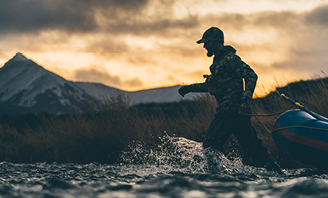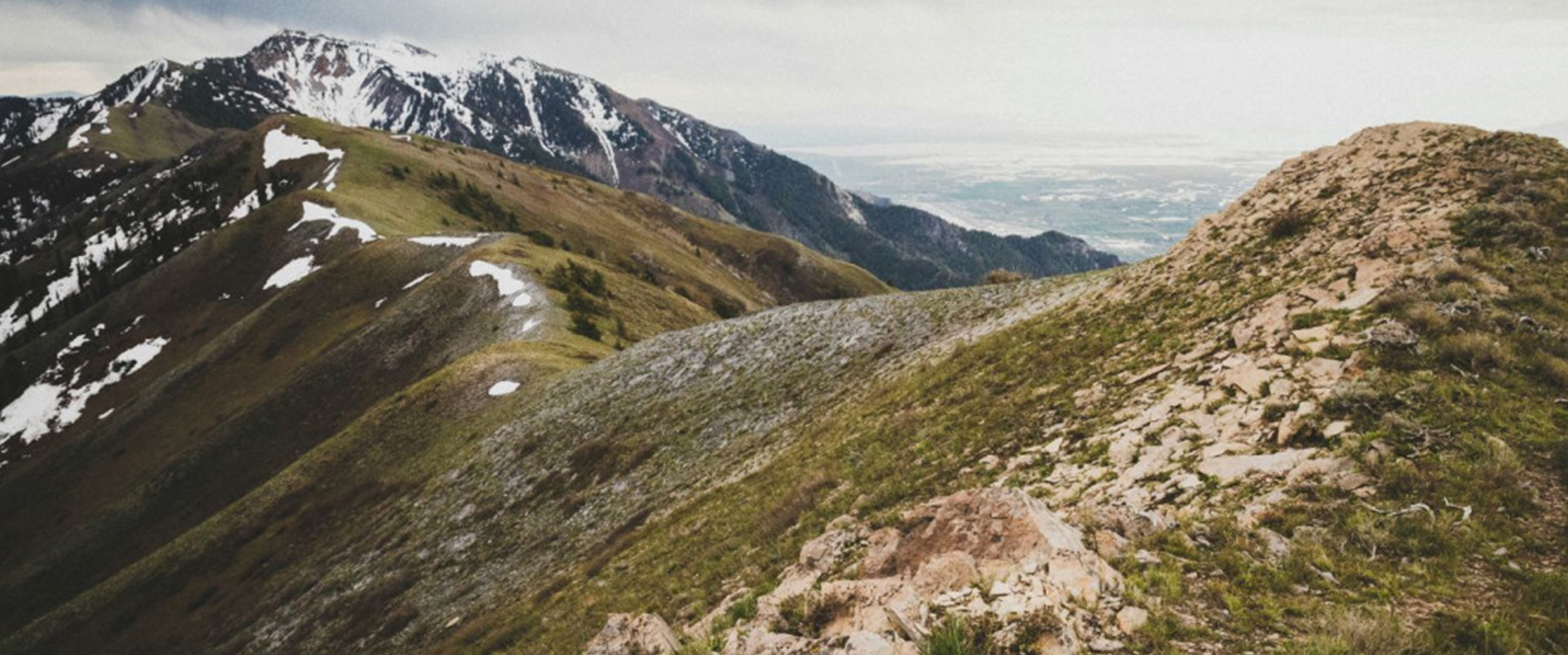Marcus the Public Lands Llama is back and ready to kick off another season sharing his public land adventures. To prepare for this year’s season, Beau Baty of Wilderness Ridge Trail Llamas takes some of the lead llamas up into the steep terrain of his old stomping grounds, the Wellsville Mountains, for intensive training and conditioning.
At 4 years old, llamas are fully matured and ready to take on a 120-day working season. Beau’s Ccara pack llamas are trained to cover 6-10 miles a day with 70-80 lb packs - but that doesn’t happen overnight. Some of these young llamas have only been saddled once or twice and it takes a little work and a lot of patience to get them comfortable, conditioned, and adventure-ready.
When training his llamas, Beau’s goal is to get their heart rate up and challenge them with loaded packs in steep terrain. And when it comes to steep terrain, the Wellsville Mountain Range delivers. This training trip took place during the heat of early summer - ideal for training and conditioning llamas.
”Typically, we would pick a nice meandering route up the mountainside, but today is the day these guys have to prove themselves,” said Beau. “By guiding them up seriously steep terrain we will find out what they are capable of.”
With years of experience under their belts, Beau and his wife Kristin know a thing or two about training pack llamas. To get the most out of training, they use a few tactics to help condition the llamas.
- First, always use a veteran llama to lead the youngsters. The veteran llama on this trip is Shane, and he’s sets the pace for the 3 younger llamas and pushes them to their limits on the steep terrain. But the training is in more than just the climb.
- Llamas need just as many breaks going down as they do going up. Llamas carry 67-70% of their weight over their front legs and their long neck helps counterbalance their weight when going downhill. To protect their joints and increase their endurance, it is important to traverse your way back down the mountain versus walking straight down the face. Especially in terrain as steep as the Wellsville Mountain Range.





